Tag: el capitan
-
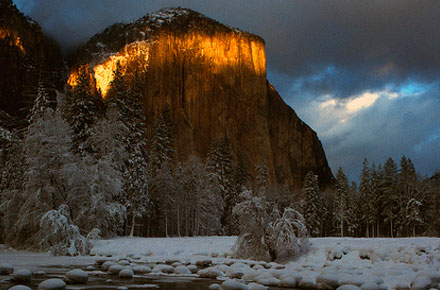
Photo of the Day: Fire on Granite by Rollie Rodriguez
Check out this beautiful shot from Rollie Rodriguez.
-
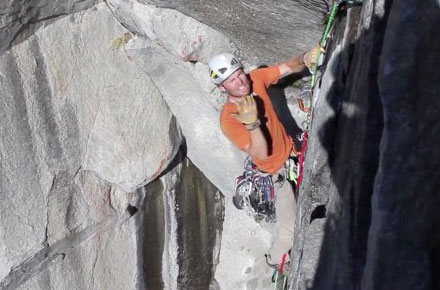
Climbing the Nose on El Capitan (video)
Mark and Janelle Smiley have set out to do what few have done, climb all of the routes famous by the iconic book, Fifty Classic Climbs of North America and document the whole thing in HD footage. Take a look as the Smileys climb the famous Nose on El Capitan.
-
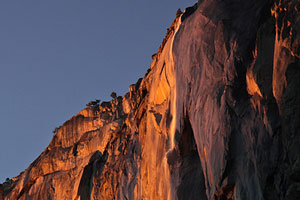
The Firefall Returns
Thinking about coming up to view the firefall? Here’s what you need to know.
-
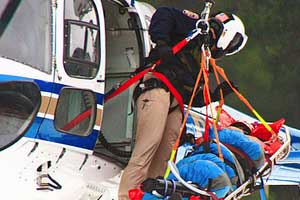
3 Climbers Rescued After Night on El Cap
It wasn’t exactly the way most people plan to spend the night in Yosemite.
-

Edie Live Twitters a Rescue on El Cap
Sometimes you’re just in the right spot at the right time and we’re glad this story had a happy ending.
-
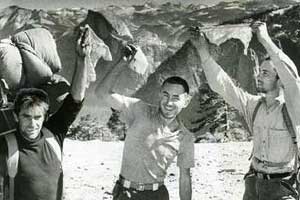
What are you going to do today?
It was a blustery day in 1958 when after 45 days (non-consecutive) of climbing Warren Harding and his group of stalwarts did what many thought could not be done. He climbed the nose of El Capitan.
-
Yosemite Time Lapse Video by Henry Jun Wah Lee
Here’s an awesome time lapse video reader Henry put together of a recent trip to Yosemite. Be sure to watch it in larger size over at Vimeo. The little viewer I post just doesn’t do it justice. Nice stuff, Henry. Thanks for sending it over. Photo by Henry Jun Wah Lee.
-
Photo of the Day: El Capitan by Robert Pearce
Today’s Photo of the Day comes to us from a good friend of YB, Robert Pearce. Robert sent in this cool photo of El Cap framed by snowy trees he shot on *GASP*…dare I say it…FILM! Yes, Film. Robert took this with his Mamiya on Fuji Velvia 100f (my favorite film). As always, great stuff…